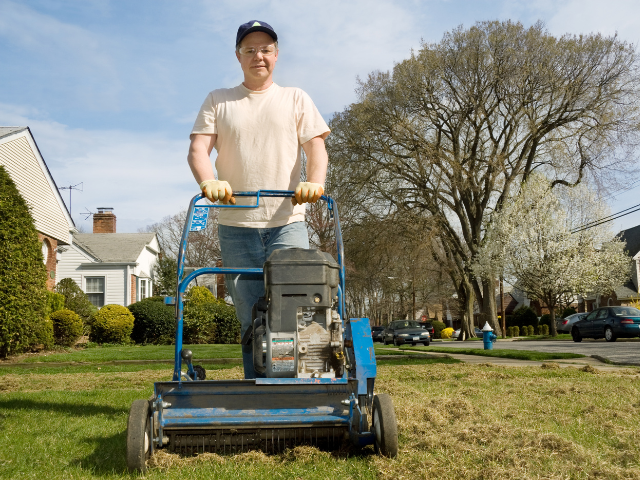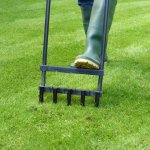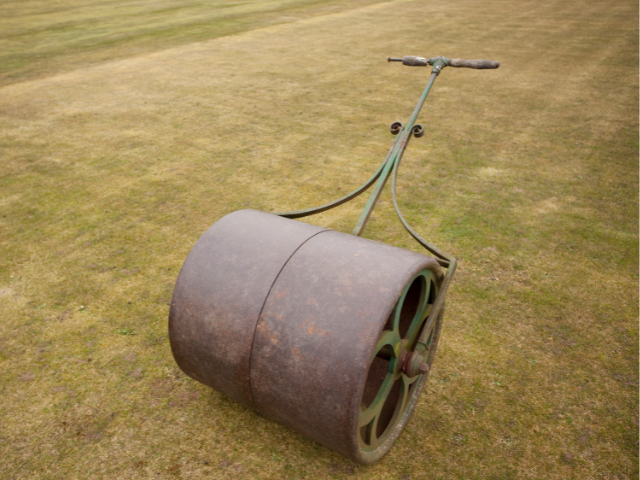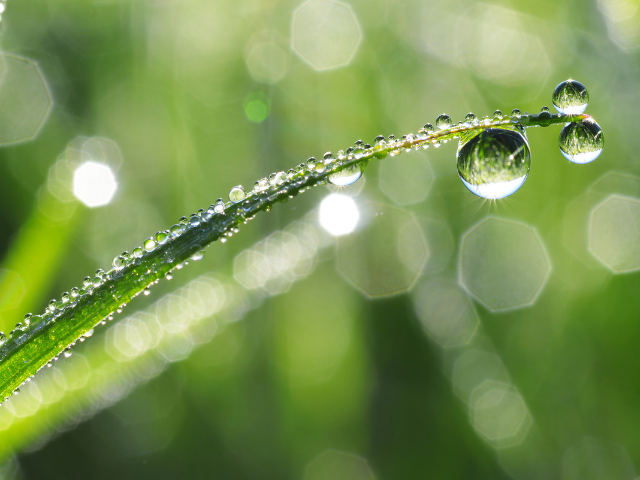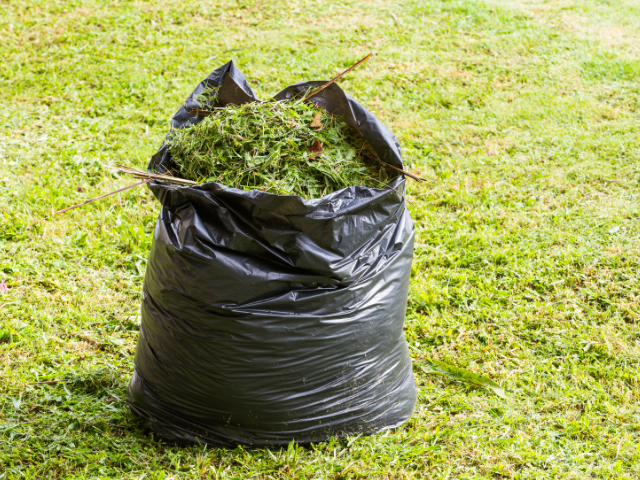One of the best ways to ensure a healthy, green lawn is to dethatch it on a regular basis. Dethatching helps remove built-up thatch, which can impede water and nutrient absorption, as well as promote the growth of harmful insects and diseases. Thatch is essentially a layer of dead grass, clippings, and other organic matter that accumulates on the soil surface. While a small amount of thatch is beneficial, as it helps protect the grass roots from extreme temperatures and provides some insulation, too much thatch can be detrimental to the health of your lawn.
What is Dethatching?
Dethatching is the process of removing the thatch layer from your lawn. This can be done with a special dethatching rake or machine, or even by hand. Dethatching helps to loosen up the thatch layer, allowing water and nutrients to penetrate down to the grass roots more easily. It also helps to remove any build-up of disease-causing organisms that can be present in the thatch layer.
Why is Dethatching Important?
As mentioned above, thatch can actually be beneficial to your lawn up to a certain point. However, if the thatch layer gets too thick, it can start to cause problems. An excessive thatch layer can lead to a number of problems, including:
- Shallow grass roots: An excessive thatch layer can prevent water and nutrients from penetrating down to the grass roots, resulting in shallow roots.
- Lawn scalping: During mowing, an excessively thick thatch layer can cause the mower blades to scalp the top of the lawn, removing too much grass. This can leave the lawn vulnerable to disease and weed infestation.
- Lawn compaction: An excessive thatch layer can also lead to lawn compaction, as the thatch acts like a sponge, soaking up water and becoming compacted. This can make it difficult for grass roots to penetrate the soil and can also lead to drainage problems.
- Increased thatch decomposition: An excessive thatch layer can also lead to increased thatch decomposition, which releases carbon dioxide and other greenhouse gases into the atmosphere.
When Does Your Lawn Need Dethatching?
If your lawn has more than 1/2 inch of thatch, it’s time to dethatch. To check the thatch level, use a sharp knife or garden hoe to remove a small plug of grass from the lawn. If most of the roots are in the thatch layer, your lawn has too much thatch.
How Often Should You Dethatch Your Lawn?
Dethatching is an important part of lawn care, but it’s not something you need to do every year. In general, you should only dethatch your lawn if it shows signs of thatch build-up. These signs include:
- A spongy feel when walking on the lawn
- Difficulty pushing a lawn mower through the grass
- Grass that is yellowing or dying in patches
If you do need to dethatch your lawn, it’s best to do it in late spring or early fall. This is because the weather is cooler and the grass is actively growing, so it will recover quickly from the disturbance.
How To Dethatch Your Lawn
To dethatch your lawn, you will need a power rake (also called a dethatching rake). This is a special type of rake that has metal tines that can penetrate the thatch layer and loosen it up.
Here’s how to dethatch your lawn:
1. Mow your lawn as short as possible. This will make it easier to rake up the thatch.
2. Rake the lawn in different directions to loosen up the thatch layer.
3. Remove the thatch from the lawn with a rake or by hand.
4. Reseed any bare patches of grass.
5. Water the lawn deeply to help the new grass seedlings germinate.
FAQs About Lawn Dethatching Benefits
How long after dethatching Should I aerate?
Ideally, you should aerate your lawn immediately after dethatching. This will help to loosen up the soil and promote healthy root growth.
Should I seed after dethatching?
Yes, seeding after dethatching is a good idea. This will help to thicken up your lawn and fill in any bare spots.
Does dethatching remove weeds?
No, dethatching will not remove weeds. However, it will make it easier to remove them manually.
Can you dethatch a wet lawn?
No, you should not dethatch a wet lawn. The soil is too compacted and the thatch layer is too wet to allow for effective dethatching. Wait until the lawn is dry and then proceed with dethatching.
